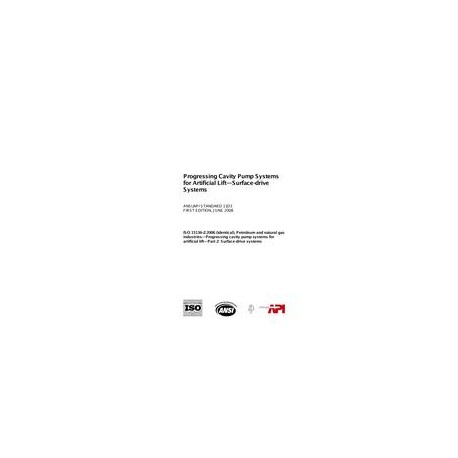Cart 0 Product Products (empty)
No products
To be determined Shipping
$0.00 Total
Product successfully added to your shopping cart
Quantity
Total
There are 0 items in your cart. There is 1 item in your cart.
Total products
Total shipping To be determined
Total
New  View larger
View larger
 View larger
View larger IEEE P1910.1
M00010596
New product
IEEE P1910.1 IEEE Approved Draft Standard for Meshed Tree Bridging with Loop Free Forwarding
standard by IEEE, 11/20/2020
In stock

